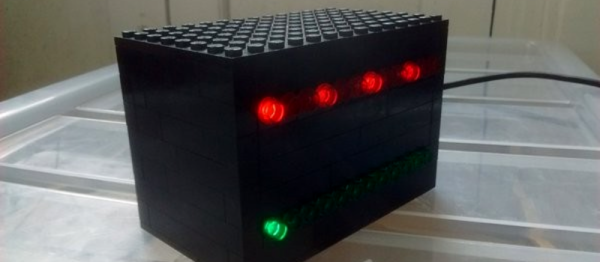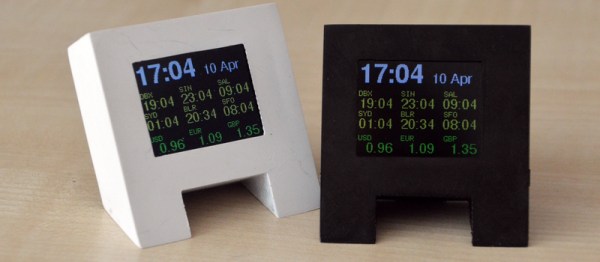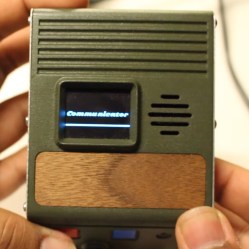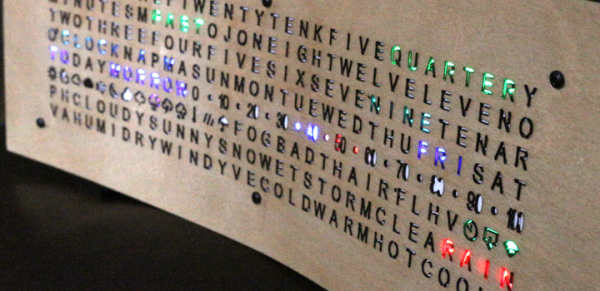In these days of cheap microprocessors and easy access to accurate timing through NTP or from the likes of MSF, WWVB, or DCF77, it’s no problem to ensure that any number of clocks keep the same time. In a simpler age though they didn’t have these tools at their disposal, so when a large organisation wished to ensure that all its parts ran on the same time they used an electromechanical solution. A master clock of as high a quality as the clockmakers of the day could build was fitted with a microswitch. The switch would send pulses to slave clocks which had a solenoid where a traditional clock has a pendulum. Thus every clock in the system lost or gained time at the same rate.
[Edo Lelic] has a rather nice Iskra slave clock, but unfortunately not the master that once drove it. Undeterred by this setback, he’s created an electronic driver board that generates the required 100mS pulses. His weapon of choice was a PIC microcontroller and an H-bridge driver to deliver their required voltage and polarity. The clock was designed to accept 100V pulses, but since it has an internal series resistor he determined that the solenoid was happy with a mere 24V. Source code is available, downloadable at the bottom of the linked article.
These clocks are an unseen piece of technology that is disappearing without our noticing. If you find one – or even better if you find a master clock – you’ll find it to be a very high quality timepiece indeed. A master clock would be well worth snapping up. At least now you won’t have to look too far for a driver for it.
We haven’t seen too many projects like this here at Hackaday. Save for a rather nice digital master clock build, it’s uncharted territory. Almost justification for a Retrotechtacular piece, perhaps.
Thanks [Muris Pučić] for the tip.









 In his latest build he has produced
In his latest build he has produced 












